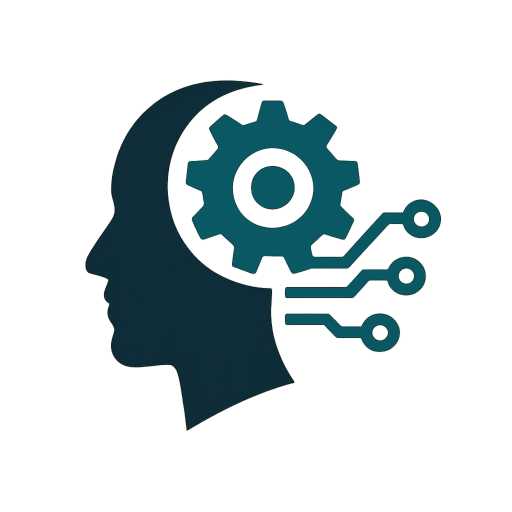The step from beads and parchment to true machinery was not immediate. For centuries, human ingenuity had been channeled into tools of measurement and record. But as civilizations advanced, so did the complexity of their problems. To navigate seas, predict eclipses, calculate taxes, or weave intricate patterns, people needed not just abstract logic, but mechanical assistance. This is where the first glimmers of mechanized thought began to take shape.
Timekeepers and Precision
The story begins with clocks.
By the 13th century, Europe saw the rise of mechanical clocks, monumental devices built in cathedrals and town squares. These machines did more than toll the hour — they represented the first large-scale efforts to harness gears, escapements, and precision engineering to model something as abstract as time.
- Astronomical Clocks: Some early clocks didn’t just measure hours; they tracked planetary positions, lunar phases, and eclipses. They weren’t only tools — they were mechanical models of the universe.
- Impact on Computation: These clocks proved something vital: complex natural phenomena could be represented — and predicted — through mechanical processes.
The precision of clockwork would inspire generations of engineers who later asked: If gears can track the heavens, can they also track numbers and logic?
The Loom That Wove Programs
Fast forward to the dawn of the 19th century. In Lyon, France, the textile industry faced a challenge: how to efficiently weave increasingly complex patterns. Enter Joseph Marie Jacquard.
- The Jacquard Loom (1804): This loom could automatically weave elaborate designs into fabric using punched cards. Each card represented instructions for which threads to lift and which to lower.
- Why It Mattered: For the first time, instructions were separated from the machine itself. The loom didn’t need a human operator to manually select threads — it followed the program encoded in the cards.
The Jacquard loom was not just an industrial breakthrough; it was a conceptual leap. It suggested that machines could be given general-purpose instructions — a foundation that would echo in the work of Charles Babbage and, a century later, in computer programming.
Babbage and Lovelace: Engines of Imagination
The loom inspired thinkers who were already wrestling with how to mechanize calculation. Chief among them was Charles Babbage, a British mathematician.
- The Difference Engine (1822): Babbage’s first attempt was a machine to compute polynomial functions and generate accurate mathematical tables. It used gears, levers, and cranks to automate calculations that were prone to human error.
- The Analytical Engine (1837): His more ambitious design went further. Like the Jacquard loom, it would use punched cards to control operations. It had all the conceptual building blocks of a modern computer: a “store” (memory), a “mill” (processor), input, and output.
But it was Ada Lovelace, working with Babbage, who grasped the deeper significance. In her notes, she suggested that such a machine could go beyond numbers, manipulating symbols according to rules. She wrote:
“The Analytical Engine weaves algebraic patterns just as the Jacquard loom weaves flowers and leaves.”
With that, the idea of a general-purpose programmable machine was born — even if Babbage never saw it fully built.
The Threshold of Mechanized Thought
By the mid-19th century, humanity had crossed an invisible line. No longer were machines limited to physical labor or measurement. Now, they could be designed to follow instructions, manipulate data, and embody logic itself.
Clocks taught us that the universe could be modeled mechanically. Looms showed us that instructions could be externalized and reused. Engines — at least in conception — proved that abstract reasoning might one day be executed by a machine.
Conclusion: Toward the Age of Computation
Part 2 closes with promise unfulfilled. Babbage’s engines were never fully realized in his lifetime. Yet their designs seeded a new way of thinking: that thought, like weaving or timekeeping, might be mechanized.
In Part 3: Alan Turing and the Machine That Could Think, we will jump forward to the 20th century, where war, mathematics, and philosophy converged to redefine the very meaning of computation — and opened the door to machines that could, at last, simulate intelligence.
